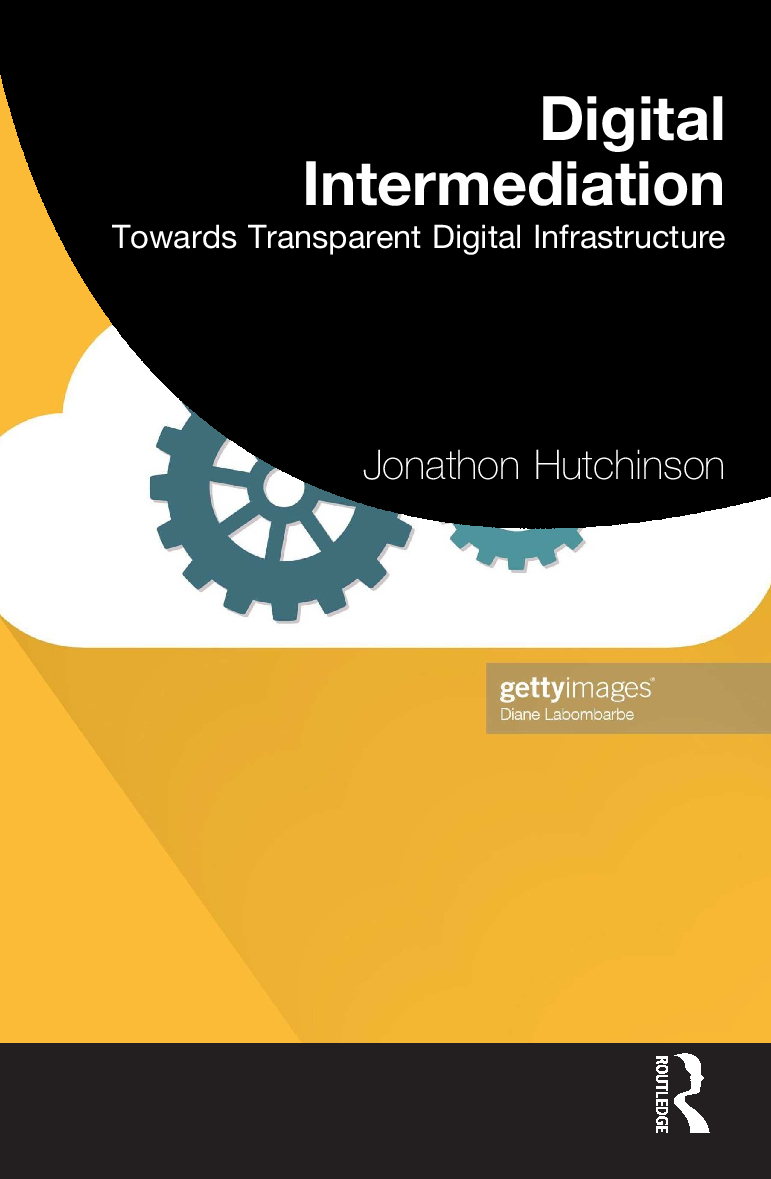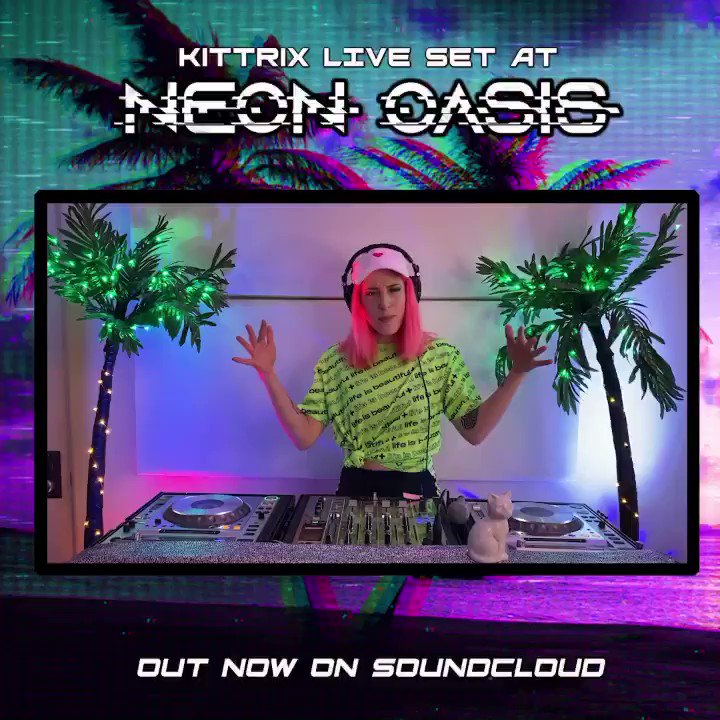Yesterday, I attended the Sydney Vietnam Innovation Symposium both as a delegate and as an invited speaker. The event is a major milestone in the development in the work so far from our Sydney Vietnam Academic Network, which now has incredible support from the University of Sydney, the NSW Government, the Department of Foreign Affairs and Trade (DFAT), and Austrade among many others. A big congratulations to Professor Greg Fox and Associate Professor Jane Gavan for their tireless work in this space, and for such a successful symposium.
It seems the ‘physical’ Network will be realised sooner rather than later.
There were a a great number of addresses, roundtables and research presentations during the day which provided such a solid foundation for the next five to ten years of work in the country (apparently it takes 20 to 30 years to do research in Vietnam, as one of the presenters noted!).
Speakers
Dignitaries of the morning included:
- Professor Mark Scott, Vice Chancellor and President of the University of Sydney
- Honourable Minister Mr Bri Anoulack Chanthivong, NSW Minister for Innovation, Science and Technology & Minister for Trade
- Honourable Bui Thanh Son, Minister of Foreign Affairs for the Socialist Party, Vietnam
Some of the crucial take aways included the fact that Vietnam is number 13 in the top 20 countries Australia has included in the Australian Innovation Strategy, its GDP was $6billion in 2022, NSW is committed to working with the country, it is a model of how countries can bring their people out of poverty through economic transformation, there is a strong focus on its tech precinct and ‘night time’ economies.
The event was also a celebration of 50 years of collaborative science and technology research between Australia and Vietnam.
Opportunities
One of the huge research potentials is the Aus4Innovation hosted by CSIRO. The Aus4Innovation scheme is:
Aus4Innovation is an AUD$33.5 million development assistance program that aims to strengthen Vietnam’s innovation system, prepare for and embrace opportunities associated with Industry 4.0, and help shape Vietnam’s innovation agenda in science and technology. Through the Aus4Innovation program, Australia and Vietnam will work together to explore emerging areas of technology and digital transformation, trial new models for partnerships between public and private sector institutions, and strengthen Vietnamese capability in digital foresight, scenario planning, commercialisation, and innovation policy.
https://research.csiro.au/aus4innovation/
It’s great for agriculture just now, but they do rotate the focus – keen to keep an eye on this scheme for when its digital comms time.
Layton Pike (RMIT) spoke about the pioneering work that had been done by RMIT in Vietnam and that approaching the country as a consortium of universities is better than vying for leadership. There are 100million people with about 22 million students – one university can’t service all of those students. He also made me aware of the Australian Vietnam Policy Institute (AVPI) which is a useful clearing house of research and public poloicy. Excellent resource.
I also met Ngheim Long, the President of the Vietnamese Australian Scholars & Experts Association (VASEA). They are a reasonably new organisation, but seem to be an emerging peak body for Vietnamese scholars.
And while I missed this year’s round, the New Colombo Plan PhD Scholarship scheme will be front and centre for 2025 research. Engaging a cross-country PhD seems like the obvious way to build research momentum now.
Research
One thing that blew my mind came from the Medicine Faculty, specifically a cancer researcher. Professor Robyn Ward is my new favourite human in the world. Beyond just a stellar career of health research, she and her team have been tasked with addressing a Research Impact Assessment Framework. It feels like there is qualitative research trickling into the Sciences here? Anyway, it was a revelation to think about these things from a Medicine perspective, such as multiple stakeholder perspectives on impact (for me I read that as cultural value). So establishing a framework that is designed by the stakeholders on what they think is important – in this case knowing something works, culture, partnerships, sustainability, engagement, etc. etc. This can then result in a ‘score card’ to measure research engagement based on the importance to a variety of stakeholders. WHAT IF I DID THIS FOR CULTURE? Theme 1 of my Future Fellowship just became so much more interesting now… A Cultural Impact Assessment Framework.
Also, I spoke. It was a kind of tough crowd as the majority of delegates were Health Science, Medicine and Science scholars (we are only three from FASS – Museum Studies, Economics and Media Comms)














